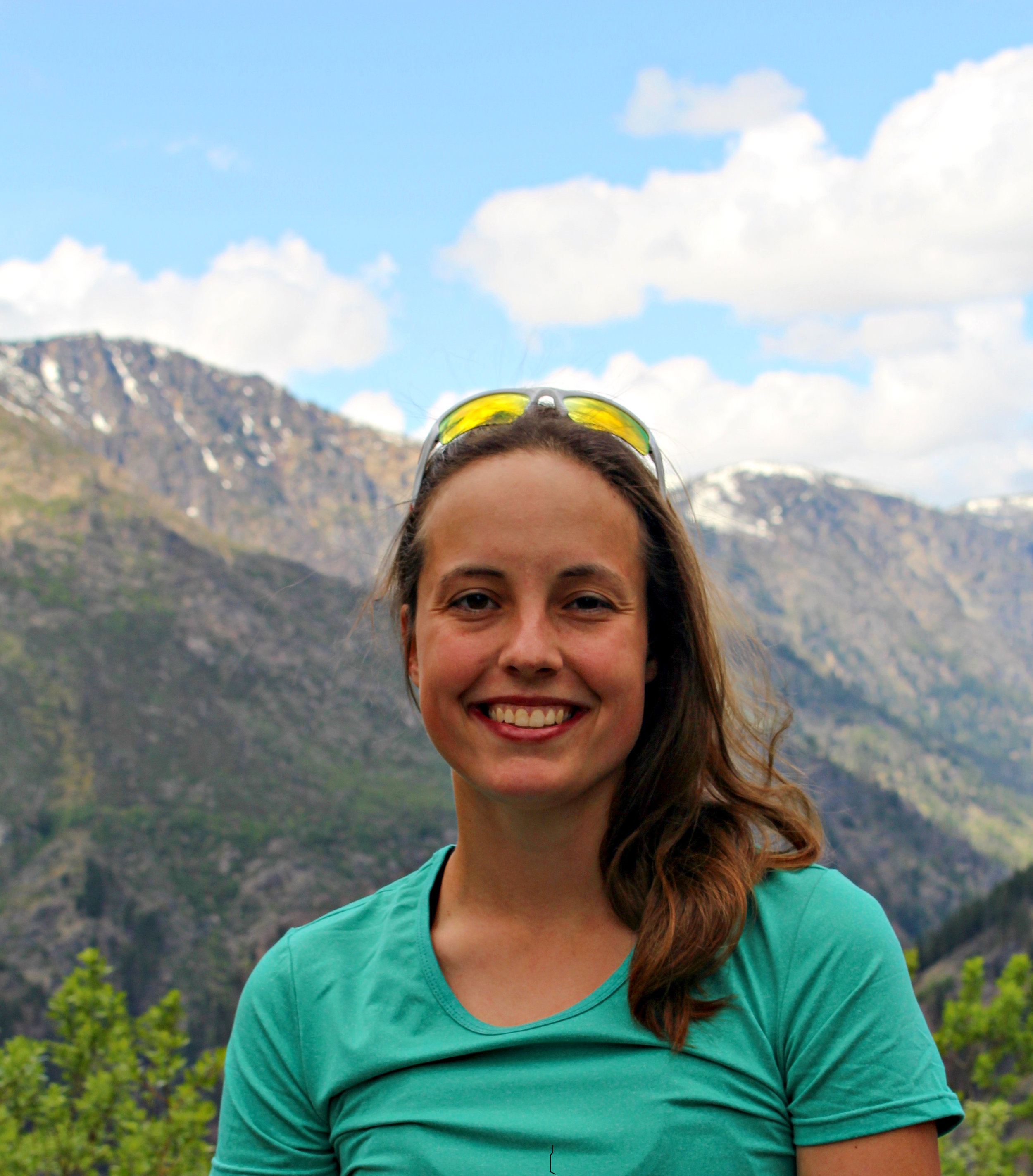Stormwater discharges from over 1,200 industrial facilities are covered under Washington’s Industrial Stormwater General Permit (ISGP). The goal of the ISGP is to reduce the discharge of pollutants by improving management of stormwater at industrial sites. It originates from a combination of federal (the Clean Water Act) and Washington state (Water Pollution Control Act) law. Under the ISGP, permittees are required to implement Best Management Practices to reduce stormwater pollution, monitor their stormwater discharges, compare the results with benchmark values, and implement an escalating series of corrective actions depending on the number of times the benchmarks are exceeded. The current permit has brought compliance challenges, including expensive stormwater treatment systems and citizen law suits, to many permittees.
On May 1, 2019, the Washington State Department of Ecology (Ecology) published a draft of the next ISGP for public comment. Owen Reese, PE, Aspect’s stormwater practice lead, offers this synopsis:
What Won’t Change
Many of the key permit provisions will not change. The five core water quality benchmarks—turbidity, pH, oil sheen, copper and zinc—remain the same, and the requirements and deadlines for implementing corrective actions if those benchmarks are exceeded remain unchanged.
Proposed Changes
Increasing Focus on Infiltration to Groundwater – The most significant proposed changes relate to discharges to groundwater. Ecology is proposing changes to groundwater-related provisions that leave the impression that they intend to increasingly regulate infiltration of stormwater under the ISGP. This sets Ecology on a divergent course from the US Environmental Protection Agency (EPA), who recently issued an interpretative statement that discharges to groundwater are categorically excluded from the permitting requirements of the Clean Water Act. The interpretative statement does not apply to Washington and other states in the 4th and 9th Districts while Hawai’i Wildlife Fund v. County of Maui is pending before the Supreme Court.
Ecology has also struck language from the permit in several locations, including key groundwater-related provisions, without identifying it as a change—which could be problematic for reviewers.
Adding Two New Industries – Ecology proposes to add two new industries to ISGP coverage: marine construction and certain heavy equipment rentals. Neither of these industries are currently required to have NPDES coverage for stormwater discharges under the Clean Water Act. What activities qualify as “marine construction” can also be challenging to define as it does not fall within easily definable Standard Industrial Classification (SIC) or North American Industry Classification System (NAISC) code, and Ecology confounds this issue by not including the definition of marine construction in the draft ISGP.
Identifying Industries by NAICS Codes – Ecology proposes to identify industries that require ISGP coverage by NAICS code, instead of SIC code. The Clean Water Act remains based on SIC codes, and there is a not a one-to-one relationship between the two codes. As a result, Ecology’s translation of SIC codes to NAICS appears to have included, perhaps inadvertently, several business sectors that previously did not require permit coverage, such as:
Miniwarehouses and Self-Storage Units (NAICS 531130)
Scenic and Site Seeing Transportation (NAICS 487990)
Commercial Air and Rail Equipment Rental (NAICS 532411)
Puget Sound Sediment Cleanup Sites – Ecology has re-upped the requirements that permittees discharging to a Puget Sound Sediment Cleanup site (such as the Duwamish, Elliott Bay, Commencement Bay, Port Gardner Bay, or Bellingham Bay) will need to sample stormwater sediments and clean their pipes at least once in the next 5-year permit cycle. It was not clear in the prior permit that these would be recurring obligations.
Annual Sampling to Confirm Consistent Attainment – Under the draft permit language, facilities that have achieved consistent attainment by meeting water quality benchmarks would be required to collect one sample per year (in the fourth quarter). Any exceedance of a benchmark would bump the facility out of consistent attainment and require resuming quarterly sampling.
Sampling First Fall Storm Earlier – Ecology proposes to shift the requirement to sample the first flush a month earlier, to beginning September 1 of each year. We’ll likely see more third quarter benchmark exceedances as a result, as there are fewer summer storms to sample to average with the first flush.
What the Proposed Changes Could Mean
Although ostensibly aimed at providing clarity, the revisions incorporated into draft ISGP actually increase the opportunity for confusion. If the draft ISGP language is implemented, we may see more citizen suits, particularly related to the use of NAICS codes and stormwater discharges to groundwater. Ecology could remedy some of these concerns by clearly identifying which provisions of the ISGP are based in federal law, and which originate at the state level.
Comments on the draft permit are due on June 29 and can be submitted online at: http://ws.ecology.commentinput.com/?id=k3Zx2. Ecology is also hosting three more public hearings where comments can be given in person:
Contact Owen Reese at 206-838-5844 or oreese@aspectconsulting.com with any questions on the proposed changes and implications.











